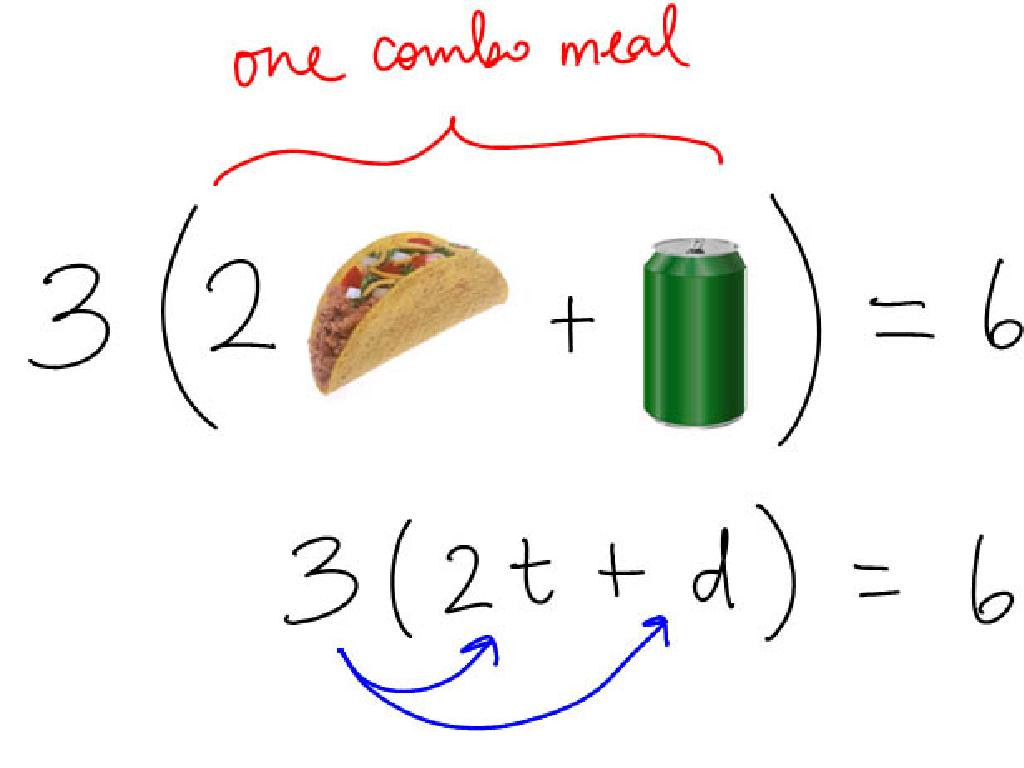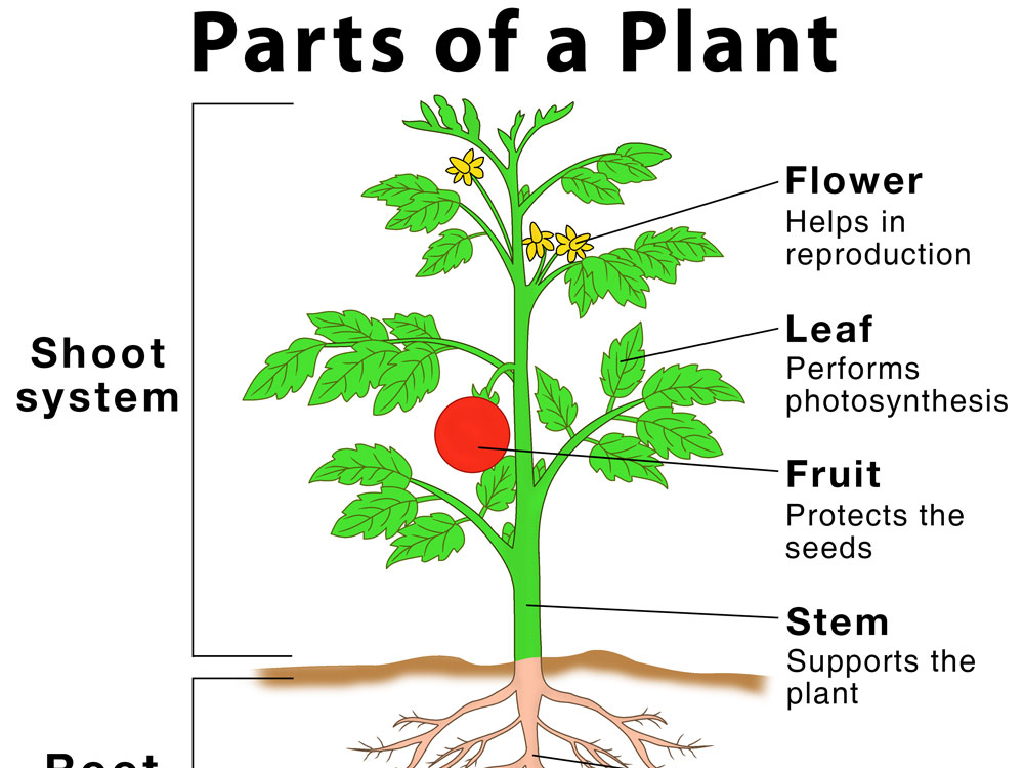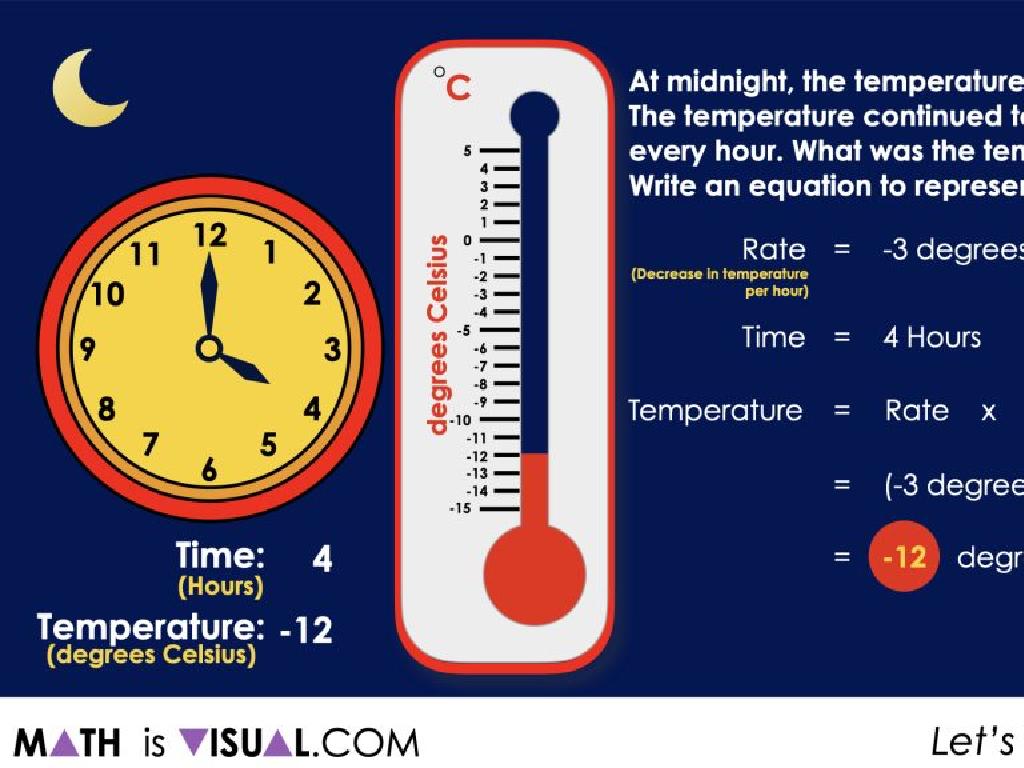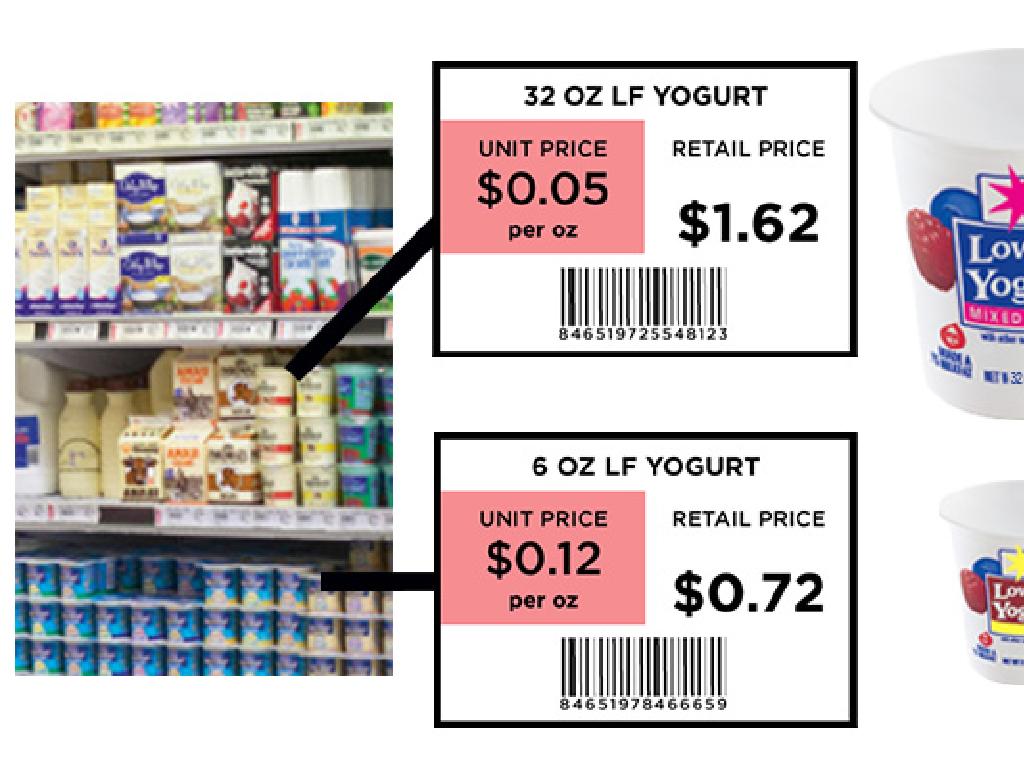Which Sentence Matches The Definition?
Subject: Language arts
Grade: Fifth grade
Topic: Multiple-Meaning Words
Please LOG IN to download the presentation. Access is available to registered users only.
View More Content
Exploring Multiple-Meaning Words
– Words with multiple meanings
– A word that has more than one meaning is called a homonym, like ‘bat’ for the animal and the sports equipment.
– Importance of these words
– Knowing these helps with reading comprehension and avoiding misunderstandings.
– Everyday examples
– ‘Bark’ can mean the sound a dog makes or the outer layer of a tree.
– Contextual understanding
– Use sentence clues to determine which meaning is correct in context.
|
This slide introduces the concept of multiple-meaning words, also known as homonyms, to the students. It’s crucial for them to understand that the same word can have different meanings depending on the context in which it’s used. This understanding is key to mastering reading comprehension and effective communication. Provide examples like ‘bat’ and ‘bark’ to illustrate the point. Encourage students to think of other examples and how context clues can help determine the correct meaning. In the next class, we can have an activity where students find multiple-meaning words in their favorite stories or songs and share the different meanings they’ve discovered.
Exploring Multiple-Meaning Words
– Define multiple-meaning words
– Words that have more than one meaning
– Context determines word meaning
– Same word can change meaning based on the sentence it’s used in
– Read sentences for word meaning
– We’ll read sentences together and discuss the meanings
– Practice with highlighted words
|
This slide introduces the concept of multiple-meaning words, which are words that have more than one definition. The context in which a word is used can greatly affect its meaning. To illustrate this, students will practice reading sentences aloud and use context clues to determine the meaning of highlighted words. Encourage students to think about how the surrounding words and the overall situation provide hints about the correct meaning. In the next class, we will have an interactive session where students will be given sentences with multiple-meaning words and will be asked to identify the correct meaning based on the context. This activity will help reinforce their understanding of how context can alter the meaning of a word.
Exploring Words with Multiple Meanings
– List common multi-meaning words
– Words like ‘bat’, ‘bark’, ‘light’, etc.
– Partner discussion on meanings
– Discuss what each word means in different sentences
– Share findings with the class
– Understand words in context
– How the meaning changes with context
|
This slide is aimed at helping students recognize and understand multiple-meaning words, which are words that have more than one meaning. Start by providing a list of common multiple-meaning words for the students to review. Then, have them work with a partner to discuss the different meanings each word can have, depending on the context in which it’s used. After the discussion, each pair will share their findings with the class, facilitating a collaborative learning environment. Emphasize the importance of context in determining the meaning of a word. As an activity, you can have students create sentences using the words in different contexts to solidify their understanding.
Game Time: Multiple Meanings of ‘Bat’
– Explore meanings of ‘bat’
– ‘Bat’ can mean a flying mammal or a club used in sports.
– Match ‘bat’ in sentences
– Find a sentence where ‘bat’ is a noun and one where it’s a verb.
– Group activity: word matches
– Discuss findings with class
– Share your group’s matches and learn from others.
|
This interactive slide is for a group activity where students explore the concept of multiple-meaning words, focusing on the word ‘bat’. Begin by discussing the different meanings of ‘bat’ as both a noun and a verb. Students will work in groups to match sentences to the correct definition of ‘bat’. This activity encourages collaboration and critical thinking as students debate the context in which ‘bat’ is used. After the activity, groups will share their findings, allowing for a class discussion on how context can change the meaning of a word. This will help students understand that many words in English have multiple meanings and that context is key to determining the correct meaning.
Using Context Clues with Multiple-Meaning Words
– Understanding context clues
– Clues in text that hint at a word’s meaning
– Identify meanings in a paragraph
– Find the bolded word and use surrounding text to define it
– How context affects meaning
– Same word can have different meanings depending on the sentence
– Practice with bolded words
– We’ll read together and discuss as a class
|
This slide introduces the concept of using context clues to determine the meaning of words with multiple meanings. Start by explaining that context clues are hints found within a sentence or paragraph that help decipher the meaning of an unfamiliar or multiple-meaning word. Then, have students read a paragraph with a bolded word that has multiple meanings. Guide them to use the surrounding text – the words and sentences around the bolded word – to figure out which meaning is being used. Discuss as a class how the context can change the meaning of the word. For practice, provide several examples where the same word is used in different contexts, and have students explain the meaning based on the clues provided. This activity will enhance their reading comprehension and vocabulary skills.
Crafting Sentences with Multiple-Meaning Words
– Pick a word with multiple meanings
– Write two sentences for the meanings
– For ‘bat’, one for the animal, another for baseball
– Each sentence should show a different use
– Ensure the context of your sentence makes the meaning clear
– Get ready to present your sentences
|
This activity is designed to enhance students’ understanding of multiple-meaning words by creating their own examples. Encourage them to choose words that have distinct meanings in different contexts. Guide them to write clear sentences where the meaning of the word is evident from the context. For instance, ‘bat’ can refer to the flying mammal or a piece of sports equipment. During the next class, create a sharing environment where students can confidently present their sentences and explain the different meanings. This will not only reinforce their grasp of vocabulary but also improve their public speaking skills.
Class Activity: Word Detective Hunt
– Pair up for a word hunt
– Find multi-meaning words in books
– Words that have more than one meaning
– Record the sentence and word meaning
– Context reveals which meaning is used
– Get ready to present to the class
|
This activity is designed to enhance students’ understanding of multiple-meaning words through practical application. Students will work in pairs to actively search for words with multiple meanings within the context of their reading material. They should write down the sentence in which the word is used and determine the meaning of the word based on the context. Afterward, each pair will have the opportunity to present their findings to the class, fostering a collaborative learning environment. As a teacher, facilitate the activity by providing guidance on how to deduce meaning from context and ensure each pair has a chance to share their work. Prepare to offer additional examples if needed and encourage discussion about how context changes word meaning.
Review: The Power of Multiple-Meaning Words
– Importance of understanding
– It helps avoid confusion and misinterpretation.
– Improving communication
– Clearer expression of ideas and better understanding of others.
– Share a learning takeaway
|
Understanding multiple-meaning words is crucial for effective communication. It allows us to comprehend the context of a conversation or text, avoiding misunderstandings. Knowing these words enhances our ability to express ourselves clearly and understand others more accurately. Encourage students to reflect on how their new knowledge can be applied in daily conversations or in interpreting literature. Ask them to share one thing they’ve learned about multiple-meaning words today, fostering a collaborative learning environment where students can learn from each other’s insights.






